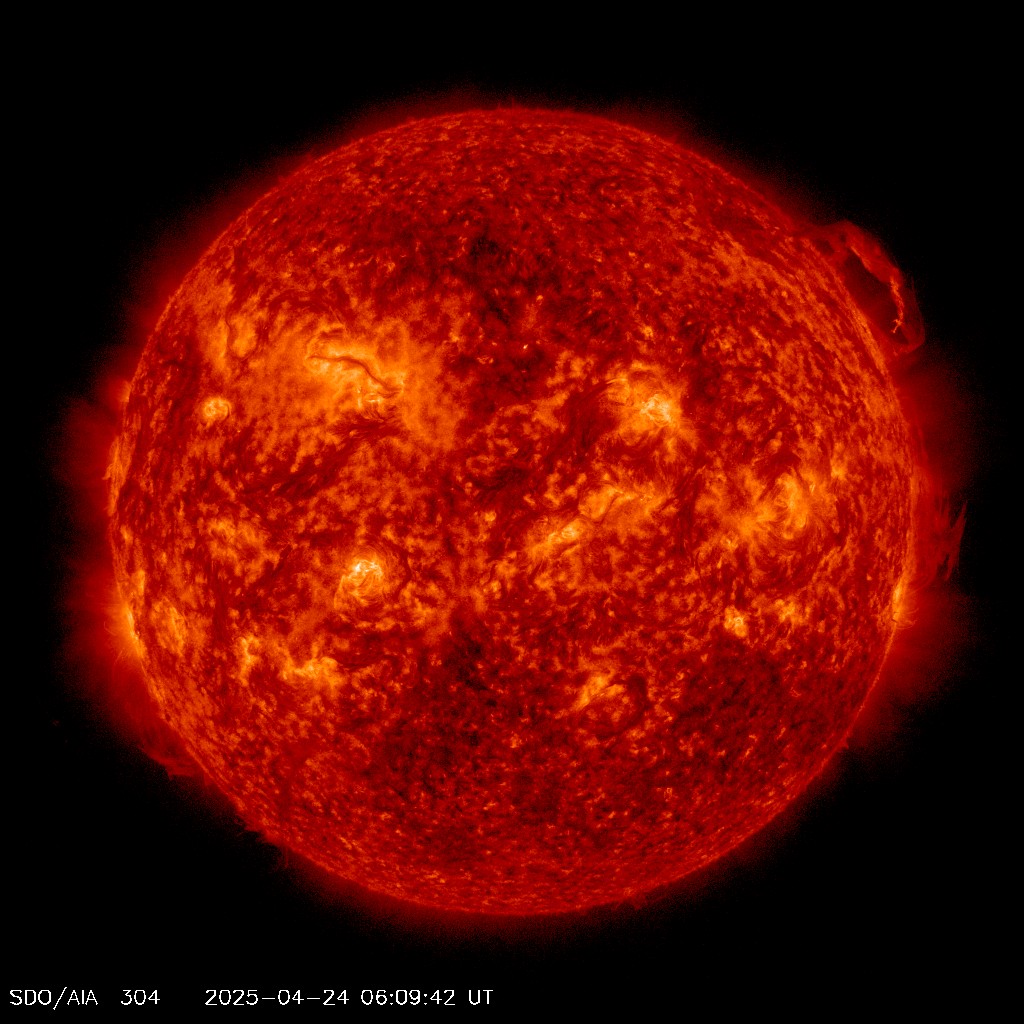The warning to never look at the Sun is sage advice indeed. People who’ve ignored it have lost their sight in one or both eyes. If we respect the immense power of the fun and carefully use the correct equipment, it is possible to observe the Sun, our closest star, safely and enjoyably. Bath Astronomers have a range of specialist solar telescopes they use for public and schools outreach as well as observing sessions for members.

Our A3 handout covers the essential and interesting facts about the Sun and also contains an outline on how to go about observing it safely.
With care, it is possible to use solar projection to track sunspots from your back garden with either binoculars or a small telescope. You must never look through these directly at the Sun but you can safely allow the light to go through these instruments and the light to be cast onto a piece of card or white paper behind or to the side to create a sharp image of the Sun’s disk and any sunspot blemishes upon it. You simply look at the image on the card, seeing the features indirectly. For extra safely, you can put a paper cone over the eyepiece with warnings on to remind people never to look into the instrument. If using a telescope, ensure the finderscope has its front cap on. If using binoculars, only use one side for projection and cover the unused objective.
On the reserve of our handout is The Heliopedia, an exploration of the solar cycle, the Sun’s rotation and all the features you can see on the Sun through simply projection, amateur solar telescopes, professional solar observatories, and solar observing spacecraft.
Sunspots are the easiest to view with really big ones visible in eclipse glasses, medium sized ones with solar projection, and small ones using a Herschel Wedge, white light film, or hydrogen alpha telescope. By regularly observing sunspots, you can repeat the work of Galileo Galilei, and work out how rapidly the Sun spins on its axis. If you are really careful, and monitor the latitude of each spot on the Sun, you’ll note that the rate of rotation varies from 28 days near the equator to 32 days at higher latitudes towards the Sun’s poles. Imagine a rubber ball that rotates more rapidly at its middle compared to the rest and you may see why the Sun is so twisted and stretched in its interior causing explosive eruptions from its surface.
To see prominences, filaments, coronal mass ejections, spicules, coronal rain, and supergranules, you’ll need access to a telescope that can see the red light given off by hydrogen atoms above the photosphere of the Sun, in the chromosphere.
Telescopes can be purchased which are tuned not to hydrogen’s red light but to sodium, calcium, or helium given you even more insights to the behaviours on the surface of the Sun.
The Sun’s surface is dynamic changing from hour to hour. This may seem slow but when you consider some of these features are multi-Earth diameters in size, it isn’t so surprising.

Solar Dynamics Observatory
The spacecraft is constantly imaging the Sun, taking an image in various frequencies or colours of light every 10 seconds. It has been doing this since its launch and orbital insertion in February 2010. You can visit its website to see how the Sun looked just a few minutes ago.

